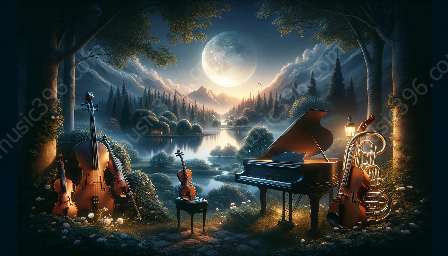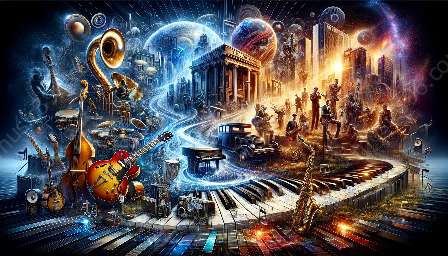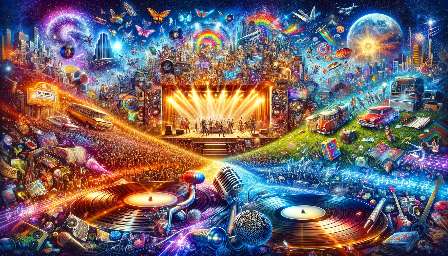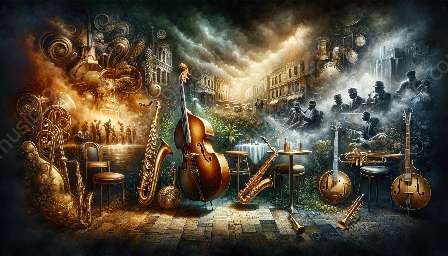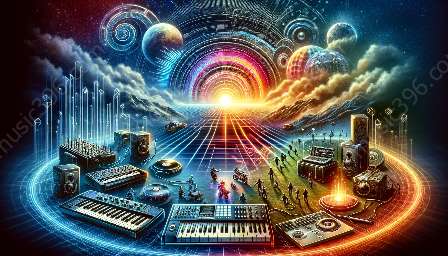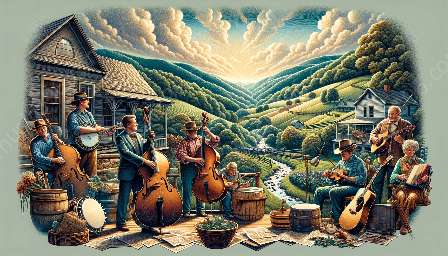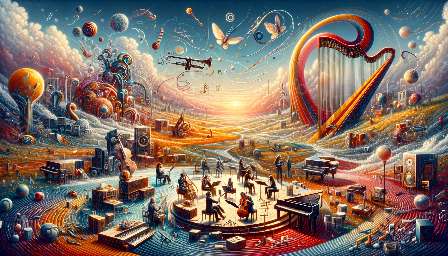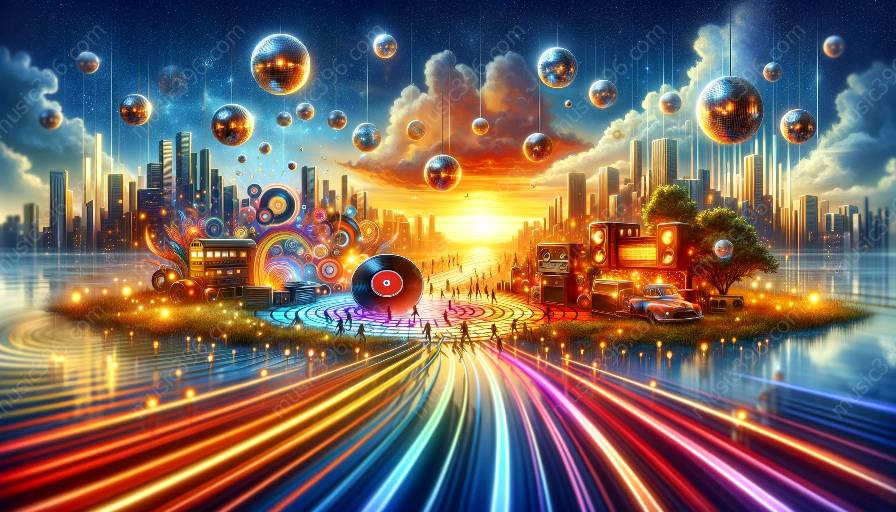Disco music, with its pulsating beats and infectious rhythms, emerged as a defining genre that revolutionized the music industry. In this article, we will delve into the defining elements of the disco music sound, its historical significance, and its impact on music history.
The Birth of Disco
The roots of disco music can be traced back to the underground club scene in the 1970s, particularly in New York City. It was a fusion of various musical styles, including funk, soul, and Latin rhythms, blended with electronic elements, creating a unique and vibrant sound that was irresistible to dance to.
Defining Elements
Several key elements contribute to the distinct sound of disco music:
- 4/4 Beat: Disco music is characterized by its steady, four-on-the-floor beat, driving the dance floor and setting the pace for the iconic dance moves of the era.
- Funk Influence: The funk influences in disco music are evident in the groovy basslines, syncopated rhythms, and use of brass and horn sections, adding a sense of energy and excitement to the music.
- String and Horn arrangements: The lavish orchestral arrangements, featuring lush strings and brass sections, were a hallmark of disco music, adding a touch of sophistication and grandeur to the sound.
- Electro-Disco Synths: As technology advanced, disco embraced electronic synthesizers, introducing futuristic and spacey sounds that defined the genre's sonic landscape.
- Vocal Styles: Disco music often featured soaring, soulful vocals, punctuated by catchy hooks and anthemic choruses, creating an uplifting and celebratory atmosphere on the dance floor.
The Disco Era
Disco music became the sound of a cultural movement, extending beyond the music itself to encompass fashion, dance, and nightlife. It provided an escape and a sense of liberation, particularly for marginalized communities and minority groups.
Impact on Music History
The impact of disco music reverberated across the music industry, influencing subsequent genres and shaping the way music was produced and consumed. Its legacy can be seen in the evolution of dance music, electronic music, and even pop music, with artists and producers continuing to draw inspiration from its defining elements.
Legacy and Influence
From the catchy hooks of pop songs to the pulsating beats of electronic dance music, the influence of disco music can still be felt today. Its emphasis on rhythm, groove, and inclusivity has left an indelible mark on the musical landscape.
Conclusion
Disco music's defining elements, from its infectious beats to its vibrant melodies, continue to captivate audiences and inspire new generations of artists. Its impact on music history is immeasurable, and its legacy will continue to shape the sound of popular music for years to come.





